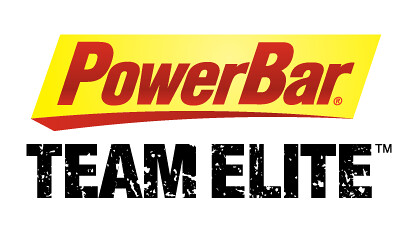Hi Chris,
Funny you should ask about the stack and reach numbers. I just flew out to California last weekend to go through Dan Empfield's FIST clinic, which was very interesting and informative.
Anyway, I can back calculate stack and reach numbers based on your position. Keep in mind, stack and reach is simply the x and y coordinates of the top-center of a bike's head tube relative to the bottom bracket. It sounds like you know this already, but some people confuse it with other things. There are a number of setbacks using the stack and reach system, but there are a number of benefits as well - such as easily comparing your stack and reach numbers to other manufacturers bike selections to see what works. Determining best fitting bike options using stack and reach are best done when you pre-determine your aerobar and stem setup and use those during your bike fitting. That being said, we can work in reverse here and back into stack and reach given your current setup.
Since stack and reach for a rider is dependent on aerobar selection, proper stem length, stem angle, and spacers under the stem, you’ll ultimately end up with a different stack and reach for different aerobars. Your stack and reach for your setup with the Hed integrated aerobars is going to be very different then your stack and reach coordinates using the Profile T2+ aerobars. Let's say you attach the same stem length and angle to both of these aerobars and slap it on the fit cycle. Since the Hed elbow pads sit about 3cm lower relative to the stem clamp, they'll require about 3cm more head tube length (or 3cm more stack) to keep your body in the same position. You could use spacers instead of head tube, but this starts drifting outside the stack and reach methodology. On the reach side of things, the back of the Hed elbow pads sit about 3.5cm further forward than the Profile T2+ elbow pads. In order for your body to be in the same place, you'll need an additional 3.5cm of top tube length (or 3.5cm more reach) with the Profile aerobars versus the Hed aerobars - assuming your using the same stem setup.
I only mention the above and risk confusing you since I think you have a good understanding of the way this works. All that said, Dan gave us a neat conversion link to compute stack and reach numbers from Serotta's "X,Y" coordinates that we determined during your bike fitting. Serotta X,Y coordinates are similar to stack and reach but are measured to the center of the stem clamp (versus the top of the head tube for stack and reach). Similarly Serotta X,Y coordinates are also dependent on aerobar selection, but those are easy to correct for with known conversions we have in our system. I like X,Y better since they allow me to try different stem lengths, stem angles, and spacer stacks in a design in order to match an X,Y position for a rider. The stack and reach database is great as long as you've done the fitting with the correct aerobar and stem setup.
So this is as good an opportunity as any for me to try his conversion. I have your X,Y stem clamp coordinates converted for the Hed aerobars (about 53.4 and 65.9mm), so I'll assume we set your existing bike up with a 12cm 10deg stem with 20mm of spacers and a 15mm conical headset spacer below it when we were matching it up with your position. I plug them into Dan's calculator here:
http://www.slowtwitch.com/Fit_
You only need to fill out the top 8 fields to compute a stack and reach. This spits out a stack of 54.6 and reach of 44.6. That lines up close to the 58 P3 in Dan's tables (I'm likely off on what stem you're currently using), so at least my conversion and math is in the ballpark.
But let's look at this another way. You're clearly on a long stem with spacers stacked up underneath it. Let's try to set up the 'virtual size cycle' with a 11cm 10deg stem with only 10mm of spacers over the headset cap instead of 20mm. The calculator now spits out 56.1, 45.1 stack and reach. By choosing a more moderate length stem with fewer spacers it makes the size 61 P3 look like a much better match. You're in a similar position to what I use with the longer reach and less drop. I chose a size 61 P3 and now P4 to better accomodate this position. I always feel I'd rather take up vertical distance at the front of the bike with an aero head tube instead of cylindrical spacers anyway. The head tube is more aerodynamic, and the bike will ultimately handle better with less distance from the top of the headset bearings to the stem.
Anyway, I hope this exercise sheds some light, and I guess I should thank you that now I can use Dan’s X,Y conversion calculator if anybody else is looking for stack and reach. Please let me know if you have any questions about any of this. I tend to go and go with the gory details sometimes, so I apologize if you lost me in the 2nd paragraph. :-)
Thanks,
Dean





No comments:
Post a Comment